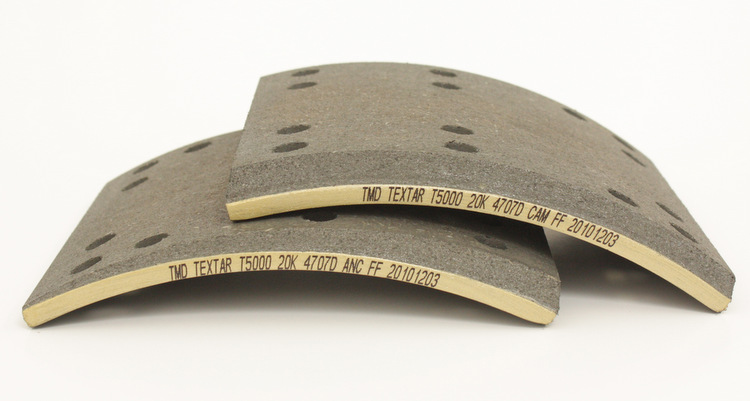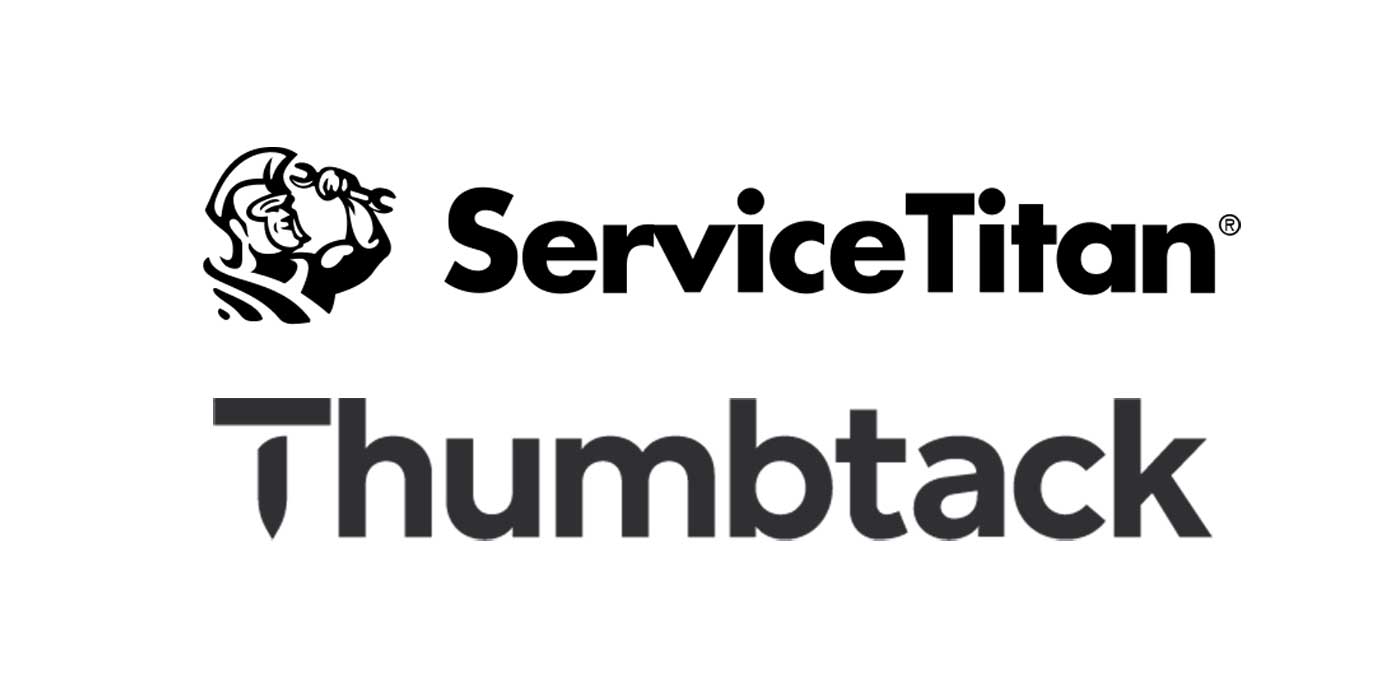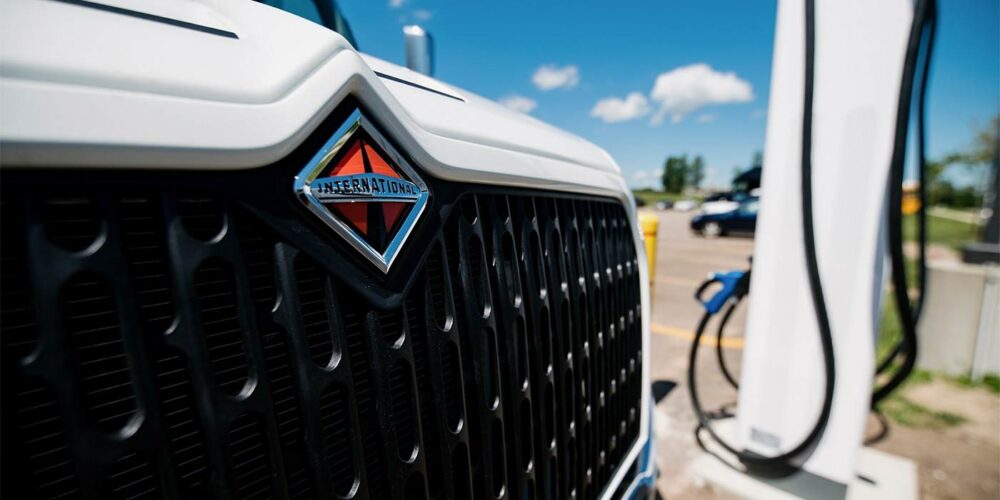Two laws will go into effect over the next two years that will limit certain constituents or elements present in brake linings for on highway vehicles—and the focus is on protecting the environment. So what’s the concern and how will it affect fleets?
Here’s the background: Both the States of California and Washington have enacted laws to restrict the amount of certain elements from entering the environment through the water supply and adversely affecting aquatic life. These laws apply to the sale of friction materials manufactured after specific dates.
California is first with a date of Jan. 1, 2014, and then Washington is a year later Jan. 1, 2015. The laws contain maximum allowable percentages for lead, chromium (VI) and mercury, asbestos of 0.1% and cadmium of 0.01%; these requirements go into effect on the above dates for each State.Luckily, most of these materials are not used in brake lining anymore. Copper is used in friction materials and is also measured, but is not limited until 2021. At that time, friction materials must have less than 5% copper in them and by 2025, the copper content must be under 0.5% copper.
According to the friction experts at TMD Friction, for both laws, the requirements for testing friction materials requires that the tests be done by an approved lab and then the results need to be registered by an approved Registrar (registration must be renewed every three years). The Registrar will publish the edge code for the friction material and the environmental code on a public website. Friction manufacturers will have to include the environmental code on the edge code of the lining or pad. This marking will either be an A, B or N followed by the year of manufacture. For example, A14, B14 or N14 indicate materials made in 2014. In 2015 it changes to A15, B15, or N15.
Once a material meets the requirements for lead, chromium (VI), mercury, asbestos and cadmium, then these letters are determined by the copper percentage in the pad or lining. An A material contains greater than 5% copper and a B contain between 0.5% and 5% while an N is 0.5% or under. The A materials can be sold until 2021 and B materials until 2025—N materials are not restricted.
The State of Washington has an additional requirement, but it does not go into effect until 2015. The state will require the boxes containing the friction material to have a mark on them so the buyer will know if the material is an A, B or N. Washington also requires three more elements be tested: Nickel; antimony; and zinc, but there are no restrictions on these.
So what does all this mean for the trucking industry? TMD Friction folks tell us that the current inventory (produced in 2013) is fine and does not have to be relabeled. However, friction materials manufactured in 2014 will have environmental letters on the edge codes and by 2015 the boxes will be identified with a symbol so the buyer is made aware of the environmental code. By 2021, at the latest, there will be new friction materials in the market place, which will have reduced or eliminated copper content.
There are vehicle exemptions in both States. However, the list does differ from State to State so fleet mangers my want to go to the websites of each state for the most up to date information on exempt vehicles. Going forward, if you want to make sure you are in compliance, it will be even more important to buy brake linings and/or pads from a reputable friction supplier, TMD experts remind.














